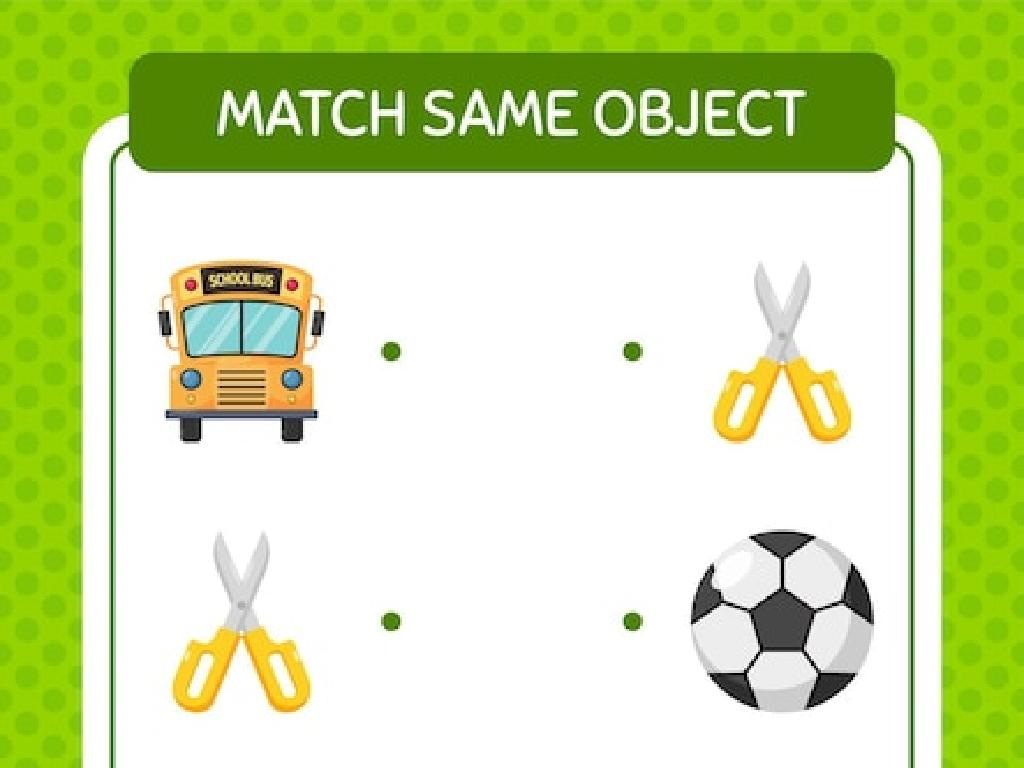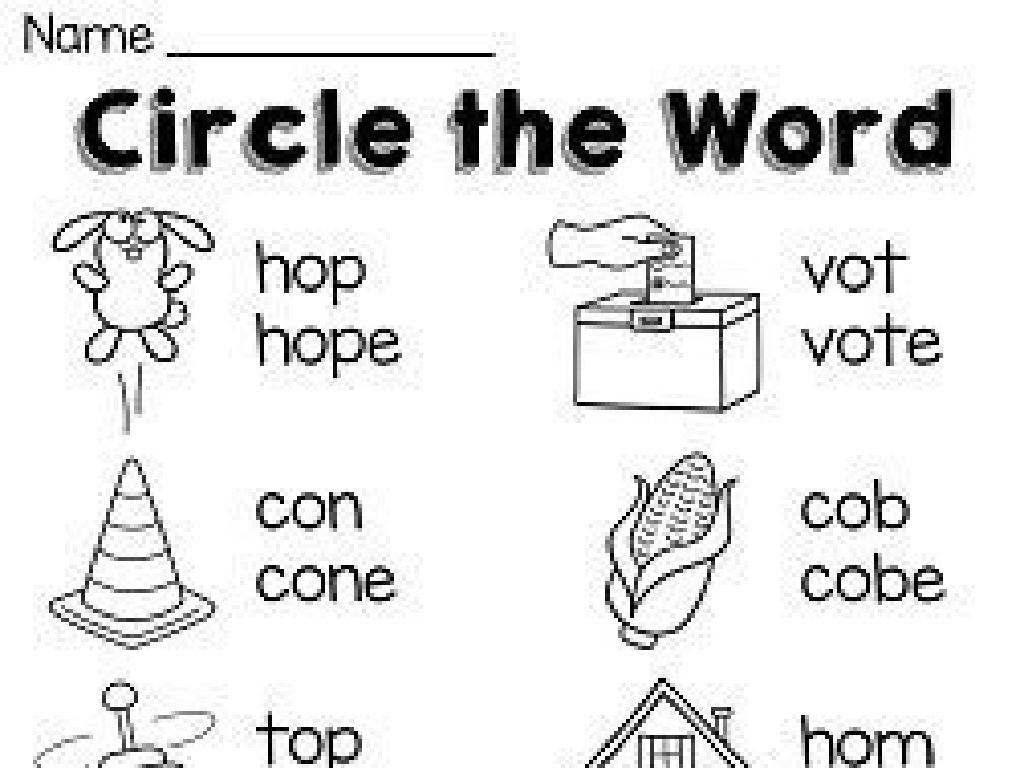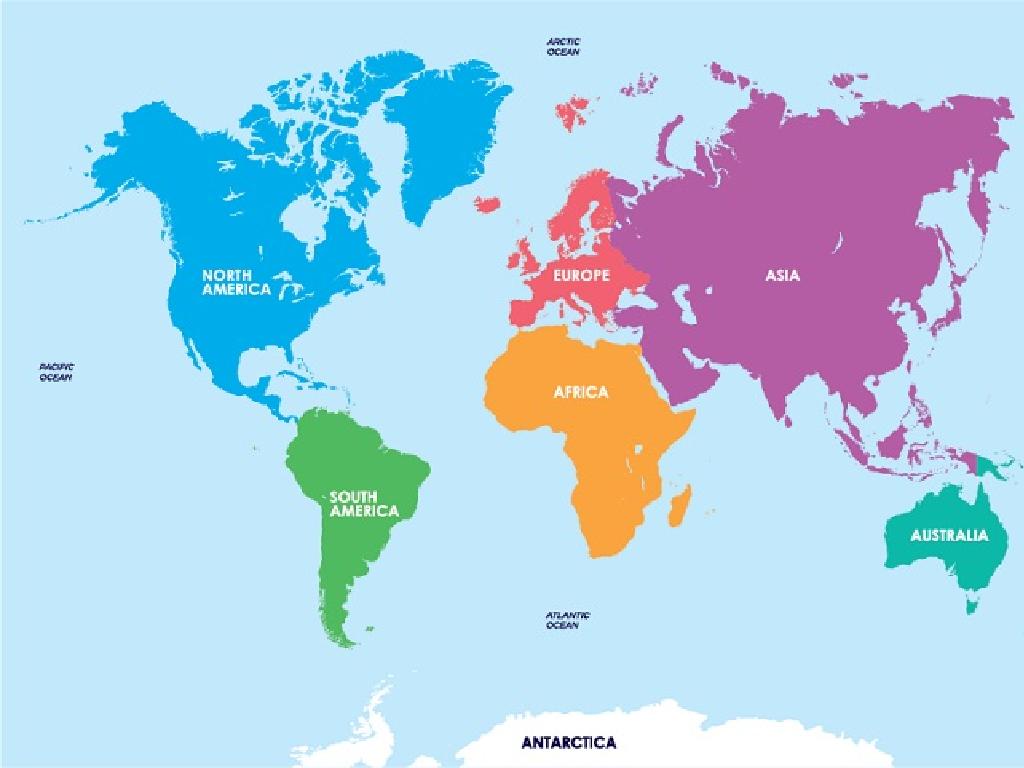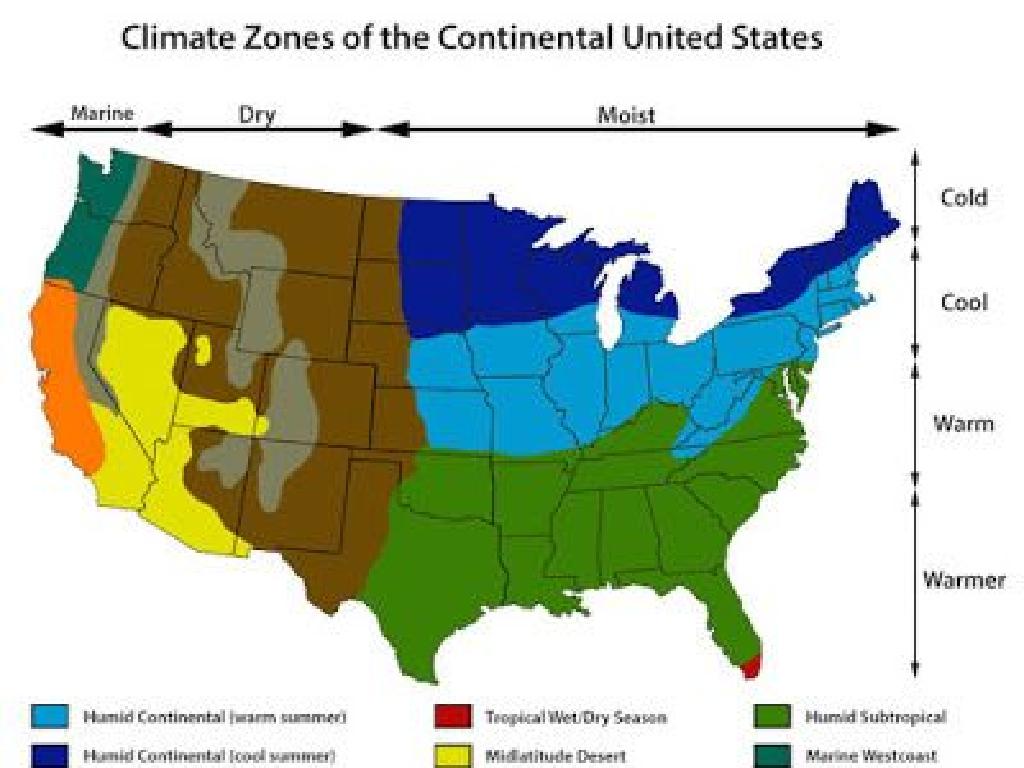Compare Size, Weight, And Capacity
Subject: Math
Grade: Pre-k
Topic: Size
Summary: Introduce Pre-K students to the basics of size, weight, and capacity with this engaging math presentation. Through hands-on activities, young learners compare big and small objects, heavy and light items, and full and empty containers using real-life examples. Interactive games like "Fill It Up" and sorting objects help reinforce early math skills. This lesson builds vocabulary and observation skills while making mathematical comparisons fun and meaningful for everyday situations.
Please LOG IN to download the presentation. Access is available to registered users only.
View More Content
Welcome to Math Adventures!
– Greetings, little mathematicians!
– Today’s topic: Learning about size
– Comparing size, weight, and capacity
– Size is how big or small, weight is how heavy or light, capacity is how much something can hold
– Fun activities ahead!
– Get ready to play and learn with real-life objects!
|
This slide is designed to introduce Pre-K students to the concepts of size, weight, and capacity in a fun and engaging way. Start the lesson with a warm welcome and explain that understanding size is a part of math. Use simple language to describe the difference between size (big or small), weight (heavy or light), and capacity (how much can fit inside). Prepare a set of activities where children can physically interact with objects to compare their size, weight, and capacity. For example, have them compare different balls to see which is bigger or heavier, or use containers of various sizes to fill with sand or water to understand capacity. The goal is to make the learning experience hands-on and interactive.
Big and Small: Comparing Sizes
– Understanding big and small
– Examples of big and small
– Compare a small apple with a big watermelon
– Identify big and small objects
– Look around the room for big and small items
– Interactive pointing activity
– Point to objects in the room or in pictures
|
This slide introduces the concept of size comparison to Pre-K students, focusing on the attributes ‘big’ and ‘small.’ Start by explaining that size is a way to describe how large or small something is. Use tangible examples like a small apple versus a big watermelon to illustrate the concept. Encourage the children to look around the room or at pictures to find objects of different sizes. Then, engage them in an interactive activity where they point to the big and small objects they have identified. This activity helps develop observational skills and vocabulary related to size. It’s also a fun way for students to interact with their environment and learn through play.
Heavy and Light: Comparing Weights
– Objects have different weights
– Using a scale to measure weight
– A scale tips to show which side is heavier
– Guessing game: heavy or light?
– Look at objects and guess if they’re heavy or light before measuring
– Understanding heavy and light
– Heavy things are hard to lift; light things are easy
|
This slide introduces the concept of weight to Pre-K students by comparing heavy and light objects. Start by explaining that objects can weigh different amounts, and we can describe them as heavy or light. Show them a scale and demonstrate how it works, explaining that the side that goes down is heavier. Engage the students in a guessing game where they predict the weight of various objects before actually measuring them. This will help them start to associate the size and material of an object with its weight. Finally, reinforce the concept by discussing everyday examples of heavy and light objects they might encounter, such as a backpack versus a feather.
Full and Empty Containers
– Containers can be full or empty
– A full container is packed
– No more space to put things in
– An empty container is spacious
– It can hold more items inside
– Comparing fullness and emptiness
|
This slide introduces the concept of full and empty as attributes to describe containers. It’s important to use real-life examples that Pre-K students can relate to, such as a cup of water or a toy box. A full container is one where nothing more can fit inside, like a glass filled to the brim with water. An empty container has plenty of space and can be filled with more objects, like an empty basket ready for toys. Encourage students to think about items at home or in the classroom that can be full or empty and discuss how they can compare them. This will help them understand the concept of capacity in a tangible way.
Capacity: More or Less
– Understanding capacity
– Capacity is how much a container can hold.
– Comparing more or less water
– Think: a full cup versus a half cup.
– Two containers comparison
– Look at two different containers.
– Which holds more?
– Decide which one can have more water.
|
This slide introduces the concept of capacity to Pre-K students, helping them understand that capacity refers to the amount something can hold. Use real-life examples like cups or buckets to illustrate the concept. Encourage the students to think about different containers they use every day and how much they can hold. Set up an activity where students can compare two containers, perhaps with water or another safe material, to visually see which one has more capacity. This hands-on experience will help solidify their understanding of the concept of capacity in terms of volume.
Class Activity: Size Sorting Fun!
– Explore and sort sizes
– Group objects: big/small
– Find items and decide if they are big or small
– Group objects: heavy/light
– Use a scale to compare which is heavier or lighter
– Group objects: full/empty
– Look at containers to see if they are full or empty
|
This activity is designed to help Pre-K students understand the concepts of size, weight, and capacity through hands-on experience. Provide a variety of objects for the children to sort into categories of big and small, heavy and light, and full and empty. Encourage them to work in groups to foster teamwork and discussion about why they think an object belongs in a particular group. Possible objects for sorting could include stuffed animals, blocks, books for size; fruit, toys, and classroom supplies for weight; and cups, bowls, and bottles for capacity. Guide them to use their judgment and also provide tools like scales for weight comparison. This will help them to visually and physically compare the differences and similarities between objects.
Class Activity: Fill It Up!
– Play ‘Fill It Up!’ game
– Use sand or water for filling
– Guess the container’s capacity
– Which one is bigger? Can it hold more?
– Check your guesses
– Did the biggest container hold the most?
|
This interactive activity is designed to help Pre-K students understand the concept of capacity in a fun and engaging way. Provide a variety of containers of different sizes and shapes. Allow the children to feel and compare them before making their guesses. Then, let them fill the containers with either sand or water to test their predictions. Discuss why some containers could hold more and how size and shape affect capacity. This hands-on experience will help solidify their understanding of size, weight, and capacity. Possible variations of the activity could include using different materials to fill with, such as rice or beans, or comparing the weight of containers when filled with the same amount of material.
Fantastic Comparisons!
– Celebrating our learning
– Comparing size, weight, capacity
– Big and small, heavy and light, full and empty
– Math is fun and all around
– Find math in playtime, snacks, and more
– Keep observing and comparing
– Use your new skills at home and in class
|
Well done to all the students for their hard work today! We’ve explored the concepts of size, weight, and capacity, learning to compare different objects. Reinforce the idea that math isn’t just in the classroom; it’s part of everyday life. Encourage the children to keep using their new skills to observe and compare things around them, like their toys, food portions, and containers of water. Remind them to have fun with math by incorporating it into their playtime and daily routines. This will help solidify their understanding and appreciation for math.





